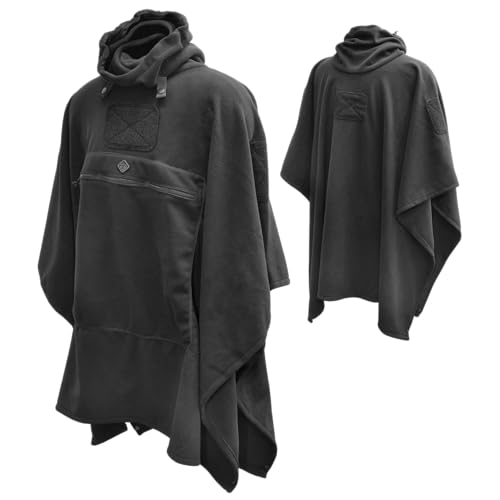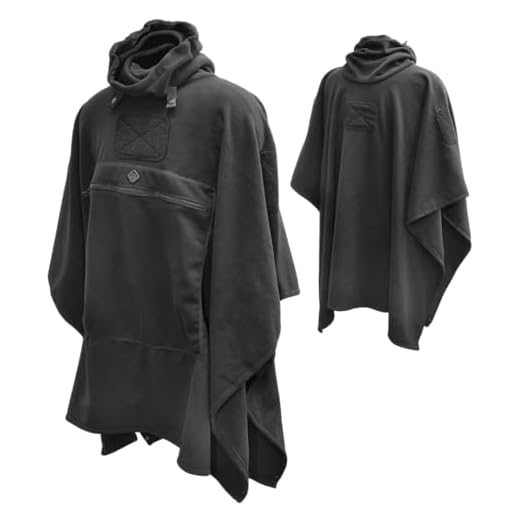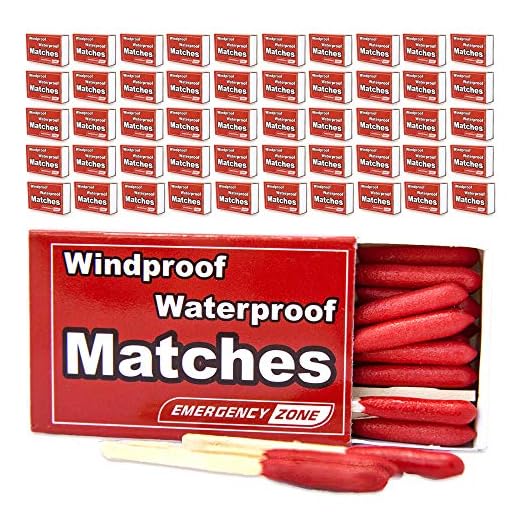




When it comes to camping, packing the right tools and equipment is crucial for a successful outdoor adventure. One question that often arises is whether or not an axe is really necessary. While some campers swear by it, others argue that it’s just an extra burden to carry. So, do you really need an axe to go camping?
The answer depends on various factors. First and foremost, it depends on the type of camping you plan to do. If you’re going to a well-established campground with designated fire pits and provided firewood, you may not need an axe. However, if you’re planning a more primitive camping experience, an axe can be a valuable tool.
One of the primary uses of an axe while camping is for splitting firewood. When you’re out in the wilderness, having a good supply of firewood is essential for warmth and cooking. While you can find fallen branches and kindling, having an axe allows you to easily break larger logs into manageable pieces. This can save you time and energy, especially if you’re camping in an area where firewood is scarce.
Essential Equipment for Camping
Camping Gear Checklist
When planning a camping trip, it is crucial to have the right equipment to ensure a comfortable and enjoyable experience. Here is a list of essential camping gear that should be included in any camper’s checklist:
| Item | Description |
|---|---|
| Tent | A waterproof and spacious tent is necessary to provide shelter and protect campers from the elements. |
| Sleeping Bag | A good quality sleeping bag is essential for a good night’s sleep. Look for one that provides warmth and comfort. |
| Camp Stove | A portable camp stove allows campers to cook meals and boil water easily. Look for one with multiple burners. |
| Camp Chairs | Comfortable camp chairs are a must-have for relaxing around the campfire or enjoying meals. |
| Cooler | A cooler will keep your food and drinks fresh and cool during your camping trip. |
| Headlamp | A headlamp is essential for hands-free illumination during nighttime activities or trips to the bathroom. |
| Insect Repellent | Protect yourself from pesky bugs with a reliable insect repellent. |
| Camping Cookware | Non-stick cookware, such as pots, pans, and utensils, is essential for cooking meals over a campfire or stove. |
| First Aid Kit | Always have a well-stocked first aid kit on hand for any minor injuries that may occur during the camping trip. |
| Water Filtration System | Ensure access to clean drinking water with a portable water filtration system. |
Conclusion
With the right equipment, camping can be a rewarding and unforgettable experience. Make sure to check off all the essential items from your camping gear checklist to ensure a successful camping trip.
Choosing the Right Gear
When it comes to camping, having the right gear can make or break your experience. It’s important to choose equipment that suits your needs and ensures your comfort and safety during your outdoor adventures. Here are some key points to consider when selecting camping gear:
1. Prioritize Essential Gear
Before packing your camping gear, make a list of essential items that you’ll need. These may include a tent, sleeping bag, and a camping stove. Prioritize these items first, ensuring that they are appropriate for the environment you’ll be camping in, and that they are durable and reliable.
2. Consider the Weight
When packing for a camping trip, it’s important to consider the weight of your gear. Depending on the type of camping you’ll be doing, you may need to carry your equipment for long distances. Opt for lightweight items that are easy to transport, especially if you plan on hiking or backpacking during your trip.
3. Quality Over Price
While it may be tempting to seek out budget-friendly camping gear, it’s important to prioritize quality over price. Investing in high-quality equipment may cost more initially, but it will save you money in the long run by lasting longer and performing better. Look for gear that is made from durable materials and has positive customer reviews.
4. Research and Test Equipment
Before purchasing camping gear, do thorough research and read product reviews. This will help you make an informed decision and ensure that the items you choose will meet your needs. If possible, visit a local outdoor store to test out equipment before buying. This will give you a better idea of how the gear feels and performs.
5. Be Prepared for the Weather
Depending on the season and location of your camping trip, it’s essential to be prepared for the weather. Make sure to choose waterproof and insulated gear if camping in rainy or cold conditions. Additionally, pack appropriate clothing layers and accessories to keep you comfortable and protected from sunburn or insect bites.
Remember, choosing the right gear is essential for a successful and enjoyable camping experience. Take the time to research, prioritize, and test your equipment to ensure that you’re well-prepared for any outdoor adventure.
Packing Light for Efficiency
When going camping, it is important to pack light in order to maximize efficiency and have a more enjoyable experience. Bringing unnecessary items can weigh you down and make it more difficult to move around or set up camp.
Essential Items
Before packing, make a list of essential items that you will need for a successful camping trip. This will include items like a tent, sleeping bag, and cooking equipment. These are necessary for your comfort and survival in the wilderness.
Avoiding Unnecessary Items
It is easy to overpack when going camping, but it is important to resist the temptation. Instead of bringing a large axe, consider a smaller multitool that can serve multiple purposes. A multitool can be used for tasks like chopping firewood, opening cans, and fixing equipment.
| Unnecessary Items | Reasons to Leave Them Behind |
|---|---|
| Heavy-duty cookware | Can be replaced with lightweight camping cookware |
| Multiple changes of clothes | Can be reduced to a few essentials and washed if necessary |
| Large camping chairs | Can be replaced with compact and lightweight camping chairs or stools |
| Excessive amounts of food | Carrying extra weight and risk of attracting wildlife |
By avoiding unnecessary items and being mindful of your packing, you can ensure that your camping trip is more enjoyable and efficient. Remember to only bring what you truly need and opt for lightweight and multipurpose items whenever possible. Happy camping!
Campsite Survival Skills
When going camping, it’s important to be prepared and equipped with the right skills to survive in the outdoors. While having an axe can be handy in certain situations, it’s not always necessary. Here are some essential campsite survival skills that you should learn:
1. Fire Crafting:
Being able to start a fire without relying on matches or lighters is a crucial skill for campers. Learn different fire crafting techniques such as using a fire bow or flint and steel. This skill will not only keep you warm but also help with cooking food and providing light.
2. Shelter Building:
Knowing how to build a sturdy shelter using natural materials found in the wilderness is essential for surviving in the outdoors. Learn various shelter-building techniques like using branches, leaves, and tarps to protect yourself from the elements.
3. Navigation Skills:
Being able to navigate without relying on GPS or mobile devices is a crucial skill for campers. Learn how to use a compass, read maps, and identify landmarks to find your way. This skill will help you explore different areas safely and prevent getting lost.
4. Water Sourcing and Purification:
Knowing how to find and purify water is vital for surviving in the wilderness. Learn how to identify potential water sources like streams or lakes, as well as different techniques for purifying water such as boiling or using purification tablets. This skill will ensure you stay hydrated and prevent waterborne illnesses.
5. Basic First Aid:
Having basic first aid skills can be a lifesaver in emergency situations. Learn how to administer CPR, dress wounds, and treat common camping injuries such as cuts, burns, or sprains. This skill will help you provide immediate care and potentially save lives.
6. Food Foraging:
Having knowledge of edible plants and wild edibles can be a valuable skill when camping. Learn how to identify edible plants and mushrooms in the wilderness to supplement your food supplies. This skill can not only provide nutrition but also add variety to your meals.
By acquiring these campsite survival skills, you will be equipped with the knowledge and abilities to handle various situations that may arise during your camping adventures. Remember, while having certain tools like an axe can be useful, it’s ultimately your skills and knowledge that will ensure your survival in the great outdoors.
Building a Fire Without an Axe
While having an axe may come in handy when camping, it is not always necessary for building a fire. With the right skills and knowledge, you can easily build a fire without an axe.
Gather Firewood
The first step in building a fire without an axe is to gather firewood. Look for fallen branches, twigs, and deadwood that is easily broken by hand. You can also use a small saw to cut larger pieces of wood into manageable sizes.
Create a Fire Bed
After gathering firewood, it is important to create a fire bed. This can be done by clearing an area of debris and vegetation. It is also recommended to have a base of rocks or a fire ring to contain the fire. This will help prevent accidental spreading of the fire.
Prepare Fire Starters
To ignite the fire, it is crucial to prepare fire starters. This can be done by using items such as dry leaves, small twigs, or newspaper. You can also bring along commercial fire starters or waterproof matches for convenience.
Build the Fire
Now that you have your firewood and fire starters ready, it’s time to build the fire. Start by placing the fire starters on the fire bed, then carefully arrange the twigs and small branches on top in a teepee or log cabin style. Gradually add larger pieces of wood as the fire builds. Make sure there is enough airflow to keep the fire going.
- Start with small, dry pieces of wood
- As the fire grows, gradually add larger pieces
- Keep the firewood stacked loosely for better airflow
- Monitor the fire and adjust as needed
Remember to always follow fire safety guidelines and regulations when camping. Check for any fire restrictions in the area and never leave a fire unattended. With these tips, you can enjoy a warm and cozy fire without the need for an axe.
Finding Alternative Tools
While an axe can be a useful tool to have when camping, it is not a necessity. There are alternative tools that can be just as effective for various tasks. Here are a few alternatives to consider:
1. Folding Saw
A folding saw is a lightweight and compact tool that can easily fit into a backpack. It can be used for cutting small branches and logs, making it a good alternative to an axe for gathering firewood. Look for a saw with a sharp blade and a comfortable handle for easy use.
2. Camp Hatchet
If you still want the chopping power of an axe but in a smaller and more portable size, a camp hatchet is a good option. It is typically shorter and lighter than a traditional axe, making it easier to carry and maneuver. A camp hatchet can be used for splitting small logs and chopping kindling.
Remember: Always use proper safety precautions when using any cutting tool, including wearing gloves and protective eyewear.
While an axe can be handy for various camping tasks, there are alternative tools available that can get the job done effectively. Consider your specific needs and preferences when deciding which tool to bring on your camping trip.
Pro Tip: If you are unsure about which tool to choose, it may be helpful to consult with experienced campers or outdoor enthusiasts for their recommendations.
Safety Precautions
When going camping, it’s important to prioritize safety. Here are some precautions you should take to ensure a safe camping experience:
1. Research the Campground
Before heading out, do some research about the campground you plan to visit. Find out if there are any known safety risks in the area, such as wild animal sightings or dangerous weather conditions. Understanding the potential hazards will help you prepare accordingly.
2. Check the Weather
Always stay updated on the weather forecast. Extreme temperatures, thunderstorms, or heavy rainfall can affect your camping plans and pose safety risks. Pack appropriate clothing and gear to protect yourself against any adverse weather conditions.
3. Pack a First Aid Kit
Accidents can happen when you least expect them. It’s essential to have a well-stocked first aid kit that includes band-aids, antiseptic wipes, pain relievers, and other basic medical supplies. Make sure to know how to use each item in the kit.
4. Inform Others
Let someone know about your camping plans, including the location, duration, and expected return date. In case of an emergency, this information will help authorities locate you quickly. It’s also a good idea to check-in with your emergency contact periodically.
5. Stay Hydrated
Dehydration is a common risk when camping, especially in hot weather or high altitudes. Carry an adequate supply of water and drink regularly to stay hydrated. Avoid drinking water from unknown sources, as it may be contaminated.
6. Fire Safety
If you plan to have a campfire, always follow fire safety guidelines. Choose a safe location, away from trees and other flammable materials. Keep a bucket of water nearby to extinguish the fire and never leave it unattended.
7. Know the Local Wildlife
Research and understand the local wildlife in the area where you’ll be camping. Learn about any potential dangerous animals, their habitats, and how to respond if you encounter them. Remember, it’s best to observe wildlife from a safe distance.
By following these safety precautions, you can have a fun and enjoyable camping trip while minimizing potential risks. Remember, preparation and vigilance are key to a safe camping experience.






